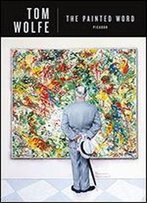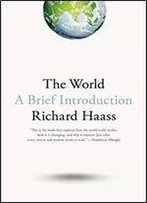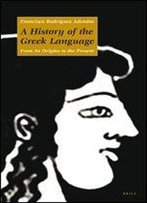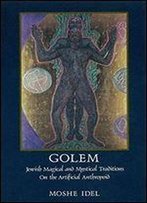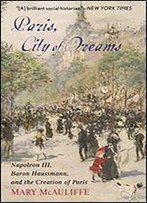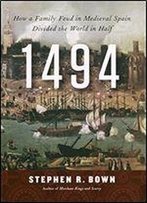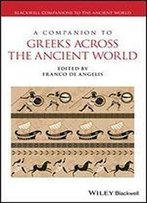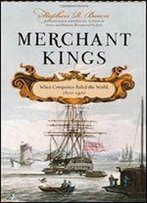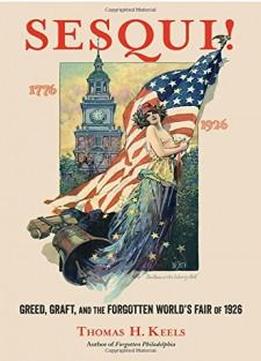
Sesqui!: Greed, Graft, And The Forgotten World's Fair Of 1926
by Thomas H. Keels /
2017 / English / PDF
31.1 MB Download
In 1916, Philadelphia department-store magnate John Wanamaker
launched plans for a Sesqui-Centennial International Exposition
in 1926. It would be a magnificent world's fair to celebrate
the 150th anniversary of the Declaration of Independence. The
“Sesqui” would also transform sooty, industrial Philadelphia
into a beautiful Beaux Arts city.
In 1916, Philadelphia department-store magnate John Wanamaker
launched plans for a Sesqui-Centennial International Exposition
in 1926. It would be a magnificent world's fair to celebrate
the 150th anniversary of the Declaration of Independence. The
“Sesqui” would also transform sooty, industrial Philadelphia
into a beautiful Beaux Arts city.
However, when the Sesqui opened on May 31, 1926, in the remote,
muddy swamps of South Philadelphia, the fair was unfinished,
with a few shabbily built and mostly empty structures. Crowds
stayed away in droves: fewer than five million paying customers
attended, costing the city millions of dollars. Philadelphia
became a national scandal—a city so corrupt that one political
boss could kidnap an entire world’s fair.
However, when the Sesqui opened on May 31, 1926, in the remote,
muddy swamps of South Philadelphia, the fair was unfinished,
with a few shabbily built and mostly empty structures. Crowds
stayed away in droves: fewer than five million paying customers
attended, costing the city millions of dollars. Philadelphia
became a national scandal—a city so corrupt that one political
boss could kidnap an entire world’s fair.
In his fascinating history
In his fascinating historySesqui!,
Sesqui!, noted historian
Thomas Keels situates this ill-fated celebration—a personal
boondoggle by the all-powerful Congressman William S.
Vare—against the transformations taking place in America during
the 1920s. Keels provides a comprehensive account of the Sesqui
as a meeting ground for cultural changes sweeping the country:
women’s and African-American rights, anti-Semitism, eugenics,
Prohibition, and technological advances.
noted historian
Thomas Keels situates this ill-fated celebration—a personal
boondoggle by the all-powerful Congressman William S.
Vare—against the transformations taking place in America during
the 1920s. Keels provides a comprehensive account of the Sesqui
as a meeting ground for cultural changes sweeping the country:
women’s and African-American rights, anti-Semitism, eugenics,
Prohibition, and technological advances.
